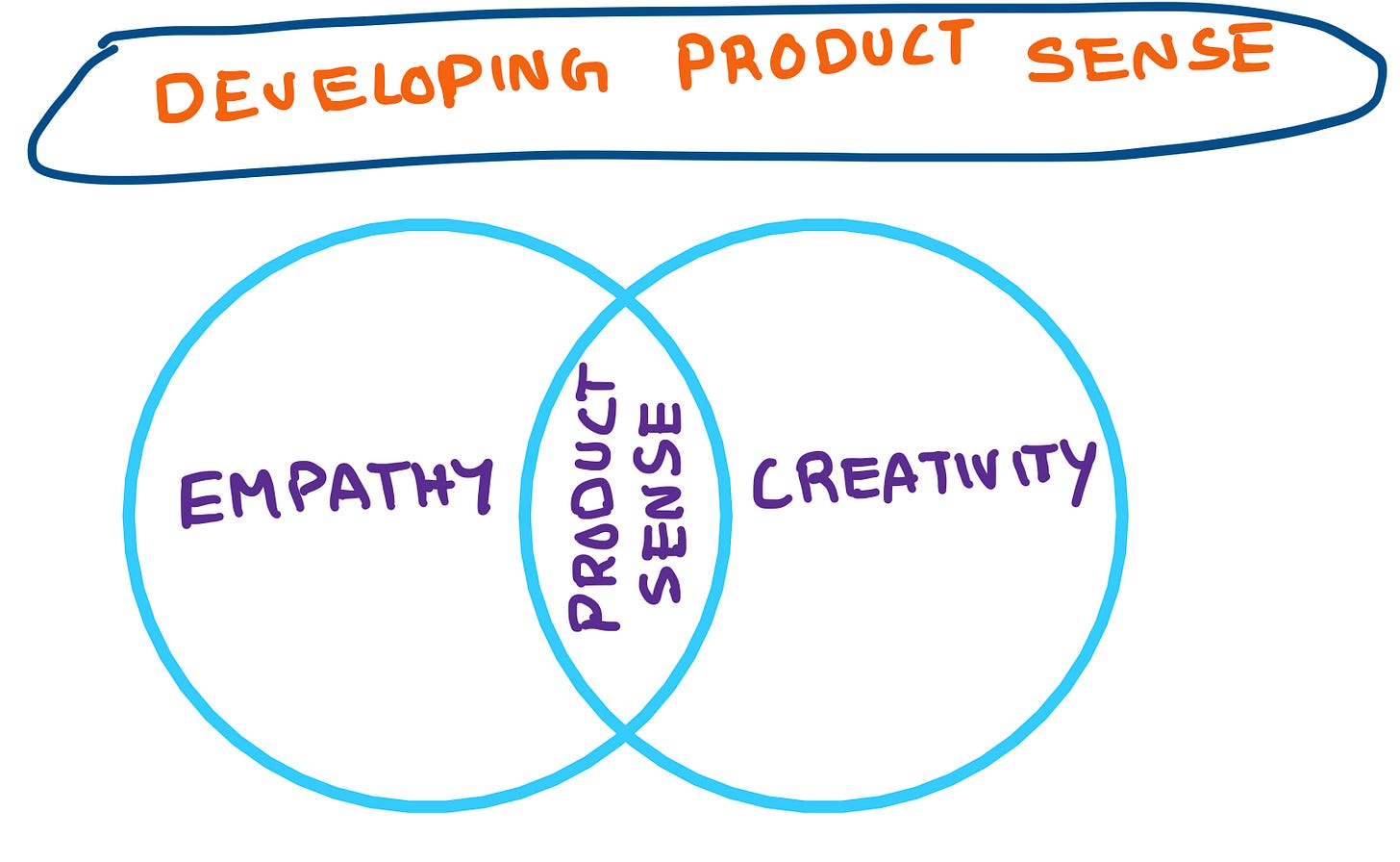Week 38 - 🚀 Unleash Your Inner Visionary: Master the Art of Product Sense for Exceptional Product Management! 💡
Quote
"Great products are a result of understanding user needs, intuitive design, and exceptional execution." – Julie Zhuo, former VP of Product Design at Facebook
Poll
💯 Framework // Concept // Mental Model
What exactly is product sense?
Product sense is a unique blend of skills, experience, and intuition that allows a product manager to understand what c…
Keep reading with a 7-day free trial
Subscribe to The Product Channel By Sid Saladi to keep reading this post and get 7 days of free access to the full post archives.


